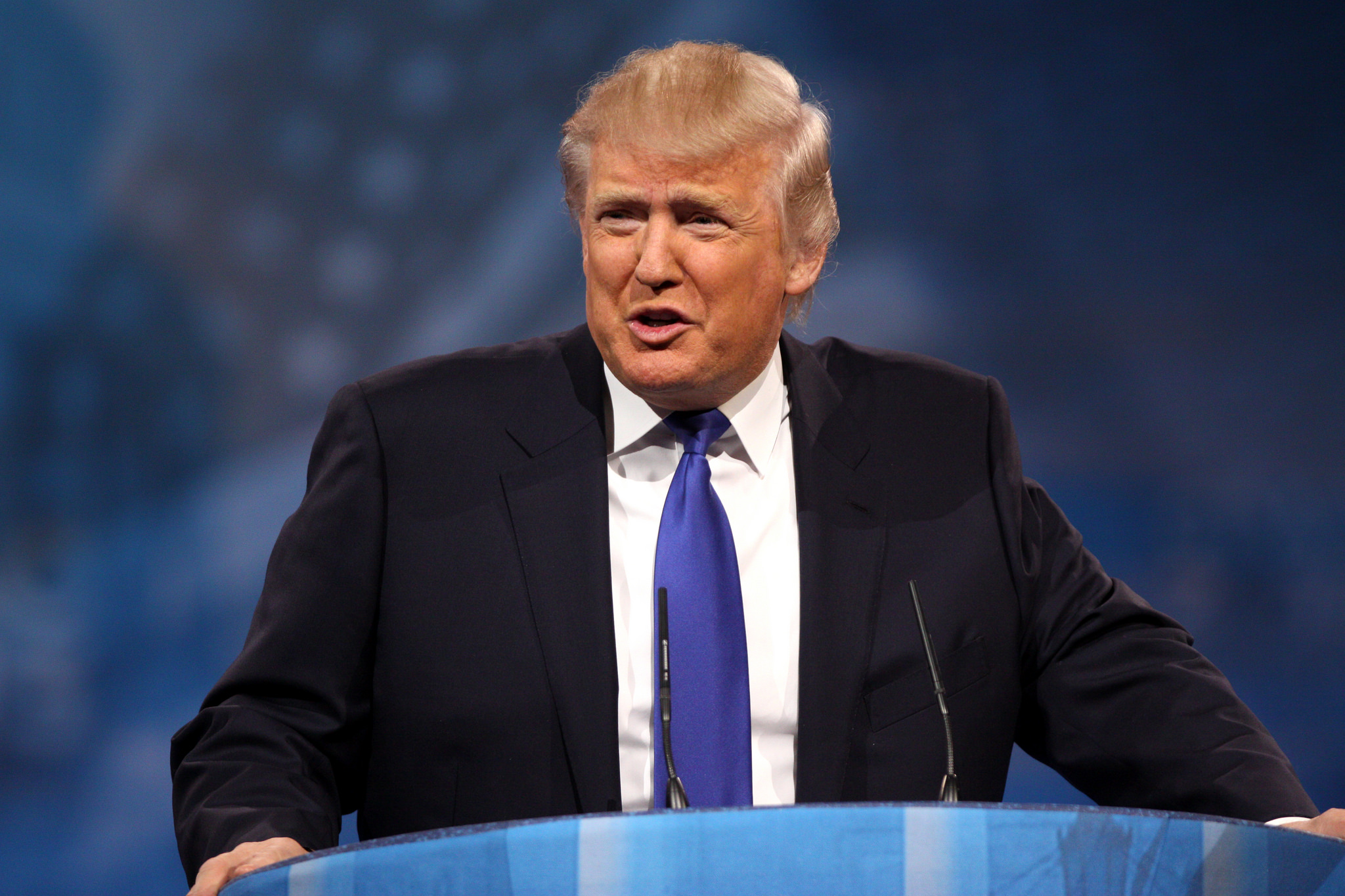
MADISON, Wis. — Foxconn Technology Group has shifted its stated strategy yet again on Friday for a massive Wisconsin campus, crediting a conversation with President Donald Trump for cementing plans to proceed with building a factory to make high-tech liquid display screens.
The news capped a week of confusion about Foxconn’s plans in Wisconsin. The company announced in 2017, to much fanfare, that it planned to invest $10 billion in the state and hire 13,000 people to build an LCD factory that could make screens for televisions and a variety of other devices.
The company last year said it was reducing the scale of what was to be made in Wisconsin, from what is known as a Gen 10 factory to Gen 6. But this week, even that was thrown into question with Foxconn executive Louis Woo said it couldn’t compete in the television screen market and would not be making LCD panels in Wisconsin.
But on Friday, in yet another twist, Foxconn said after discussions with the White House and a personal conversation between Trump and Foxconn chairman Terry Gou, it plans to proceed with the smaller manufacturing facility.
“Great news on Foxconn in Wisconsin after my conversation with Terry Gou!” Trump tweeted.
Wisconsin’s new Democratic governor criticized the company Friday for its flip-flopping.
“There’s no limit, frankly, to skepticism if the messaging isn’t coherent,” Evers told reporters. “I’m comfortable that they’re still committed to the state. They’re committed to this Generation 6 technology, but that doesn’t mean that we (won’t) encourage them to be more transparent and consistent in their messaging.”
The latest Foxconn statement did not say whether the commitment to this size factory would affect the type of workers who would be employed in Wisconsin. Foxconn executive Louis Woo told Reuters earlier this week that about three-quarters of workers in Wisconsin would be in research and development-type jobs, not manufacturing. Woo said the Wisconsin project would be more of a research hub, rather than having a manufacturing focus.
A Foxconn spokeswoman had no immediate comment about what its plans to build the “Gen 6” factory would mean for the makeup of the workforce. The difference between a “Gen 10” and “Gen 6” plant rests with the size of the original glass used to make the screens. The larger plant, which had been part of Foxconn’s initial plans, would have used glass more than three-times as large as what the smaller facility will use. The “Gen 6” plant can make screens ranging in size from a smart phone to a 75-inch television, while the larger plant would have allowed for devices as large as 9 1/2 feet by 11 feet.
The “Gen 6” plant is expected to be smaller in size and less expensive than a “Gen 10” factory, but Foxconn has not specified just how large it will be.
Foxconn, the world’s largest electronics company, said Friday the campus will house both an advanced manufacturing facility and a centre of “technology innovation for the region.”
Local Wisconsin government and economic development officials where the Foxconn campus is located praised the news, saying construction of the “Gen 6” factory will coincide with construction of other related buildings over the next 18 months.
Wisconsin promised nearly $4 billion in state and local tax incentives to Foxconn if it invested $10 billion and created 13,000 jobs for the project, which Trump heralded last year as the “eighth wonder of the world.”
But Foxconn has repeatedly revised its plans for what will be made in Wisconsin and who will work there, causing confusion in the state and leading critics of the project this week to accuse Foxconn of a “bait and switch.”
The original deal was struck by then-Gov. Scott Walker and Trump. Evers, Wisconsin’s current governor who used Walker’s support for Foxconn against him in the race, was a critic of the project during the campaign but has said this week he’s working closely with Foxconn on the project.
Foxconn earlier this week cited a changing global market as requiring a move away from making LCD panels in Wisconsin. Apple is Foxconn’s main manufacturing customer and it has forecast a drop in revenue from the Chinese market due to decreasing demand for iPhones.
———
Associated Press writer Todd Richmond contributed to this report.